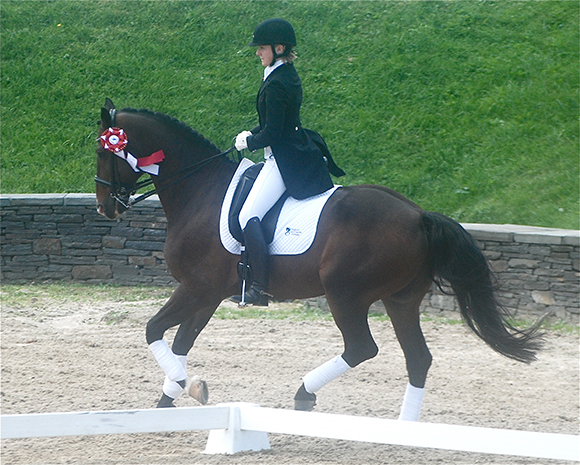Set Up Your Show Season For Success
By Nikki Alvin-Smith
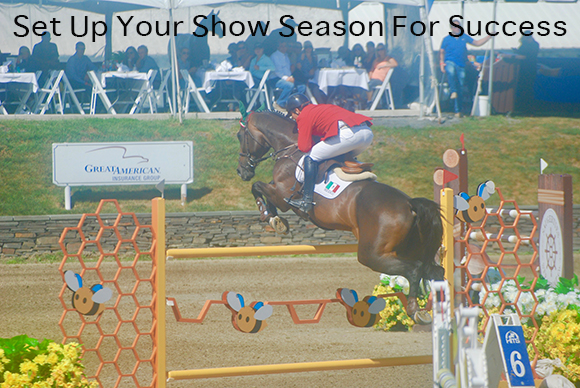
The main reason horses and riders fail to be successful when showing is a lack of proper preparation. It is essential that horse and human athlete are in optimal physical and mental health and that both are well trained and fully equipped for the task at hand. The show ring is no place to practice!
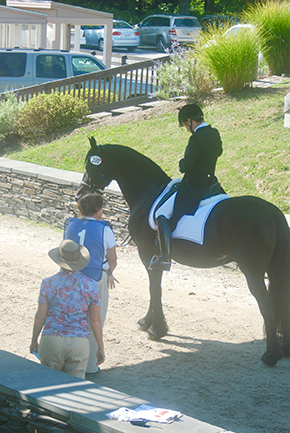 No horse can be kept at peak performance year round and a detox program during downtime, with plenty of pasture to graze and an environment where the horse can relax, is the first step to facilitate its body’s opportunity to heal and rejuvenate.
No horse can be kept at peak performance year round and a detox program during downtime, with plenty of pasture to graze and an environment where the horse can relax, is the first step to facilitate its body’s opportunity to heal and rejuvenate.
Use of a liver detox supplement and a reduced and amended protein/grain ration with an increase in fiber will help rebalance the horse’s fragile digestive system. Why detox? Think about the significant health challenges that a competition horse faces: intense demands during actual competition; travel stress; changes to the feeding routine and decrease in fiber in their diet due to lack of grazing availability. Add in medications, vaccinations, metals in water, pesticides, supplements and a heavy grain diet and you have a recipe for poor digestion that may negatively affect performance. When you support the metabolism of your horse and cleanse its system you will aid its overall health including its weight gain.
Your horse should receive 1-2% of its body weight in forage each day. Forage is important for rebalancing the health of the gut. Remember when you repair the health of the equine gut, you are also improving the availability of minerals, vitamins and essential amino acids and building blocks for joint and tissue repair in the diet, so this action is a key part of your strategy for success in the forthcoming show season.
Don’t forget to do a fecal worm count and deworm your horse appropriately to maximize its health.
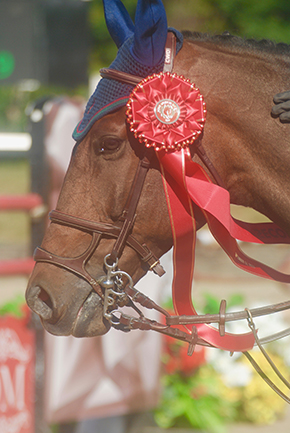 Just because you are allowing the horse downtime doesn’t mean all riding and training should cease. Exercise should include fun activities that the horse enjoys outside of its regular discipline. This is also good for the rider!
Just because you are allowing the horse downtime doesn’t mean all riding and training should cease. Exercise should include fun activities that the horse enjoys outside of its regular discipline. This is also good for the rider!
Bring the horse back to full work gradually. Design a training program that incorporates a slow but steady return to the previous level of performance that suits the individual horse. Consult with the vet on making slow changes to the horse’s diet to complement the level of training.
Remember that use of high quality feeds without unnecessary fillers that offer a high level of digestive availability of nutrition, can actually save money long term less quantity will need to provided. It pays to diligently research everything the horse ingests carefully and consider how all the ingredients work together. The hay component should be tested for nutritional value as part of the overview of the diet.
Also ensure that any feed, supplements or medications administered to the horse
(and rider) comply with any changes in show regulations, especially at F.E.I. level where they are often updated.
Crosstraining can be a valuable aid in achieving success in the show ring. Not only does it keep the horse thinking forward and mentally fresh, it allows the development of the entire equine body rather than focusing on limited areas. When you correctly develop the entire musculature of the horse it will alleviate stress on joints, ligaments and tendons that can become tired during intense needs during actual competition and help prevent injury or unsoundness.
As the horse approaches its optimal level of performance check its condition regularly and make adjustments if necessary as you go along. Always recheck the fit of all tack especially the saddle as the horse’s body returns to peak fitness, as its musculature may have changed. Poor fitting bits, bridles and saddles are often the cause of diminished levels of performance.
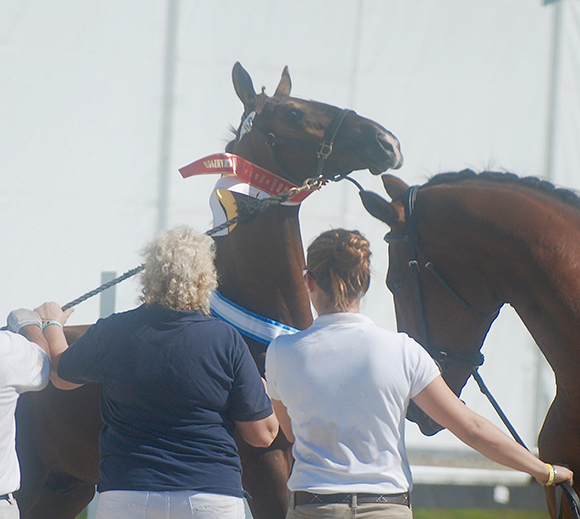
An important element to show ring success is that both horse and rider know their job and can do it easily. As a dressage clinician I always emphasize to my students,
“If you don’t know, don’t show.” Let’s face it, if you can’t complete the job at home it’s not going to magically become better when you add the stress and tension of the show ring to the equation. It always pays to do your homework.
Finally make sure all your paperwork is in order. Vaccinations, health certificates, passports etc. should be completed well in advance of competition. Trailers should be inspected and checked for safety, equipment evaluated.
When selecting a show schedule start off with multiple breaks between events so that it doesn’t overburden horse or rider. It is better to compete less and achieve more than to overwhelm the mental and physical health and wellbeing of the partnership.
Mid show season don’t be shy to make adjustments to the training protocol and warm up, the show schedule, the diet and daily care routines if the horse is not achieving its potential. Constant evaluation is key to maintaining good results. It’s amazing what a few days off the circuit or back home can do to refresh both horse and rider.
Happy Showing!
